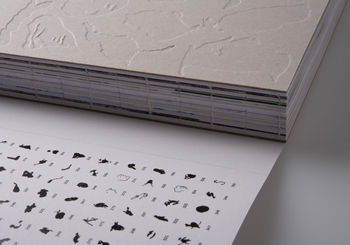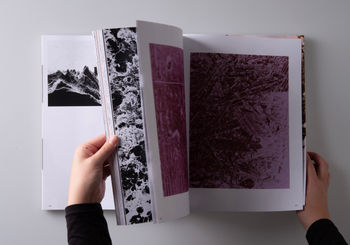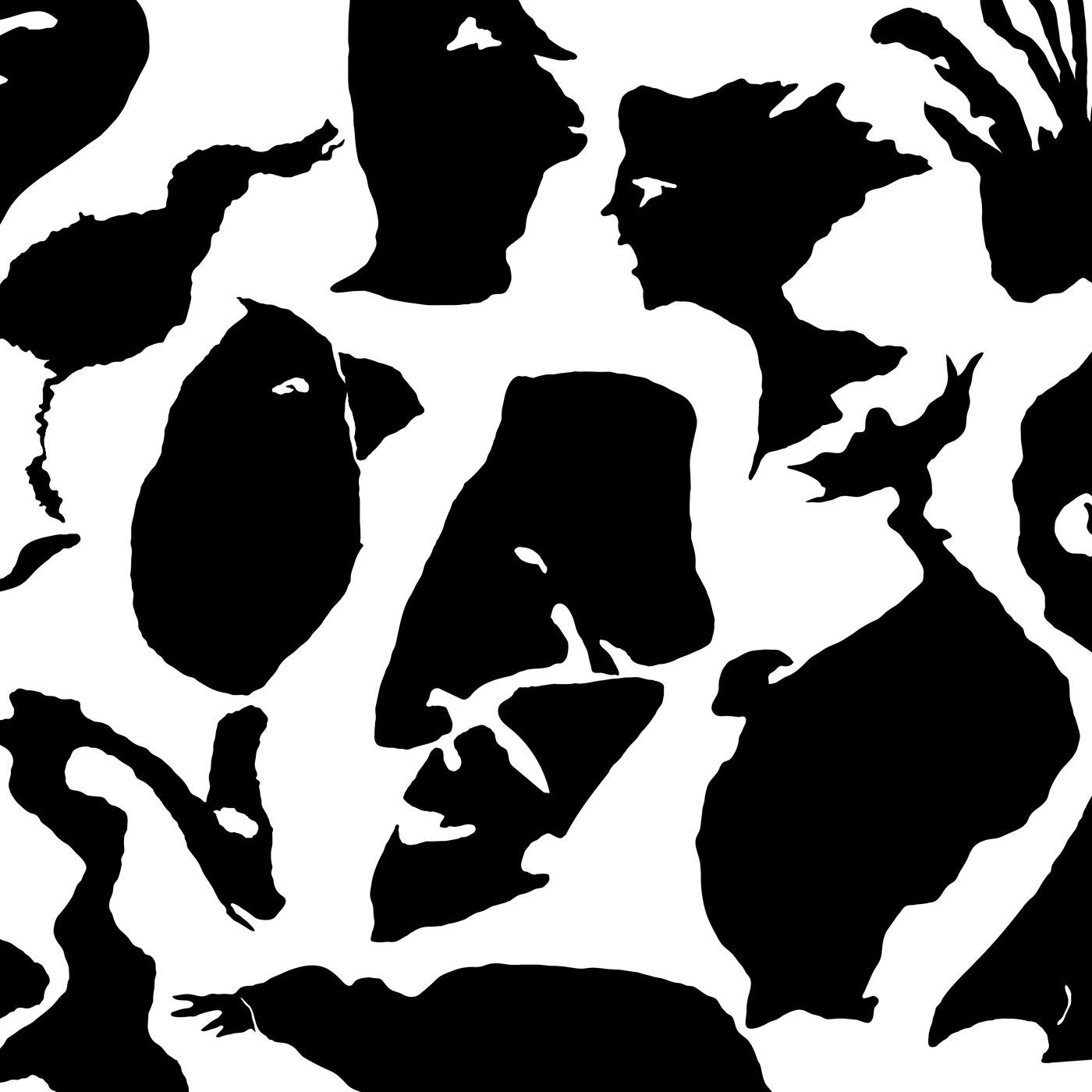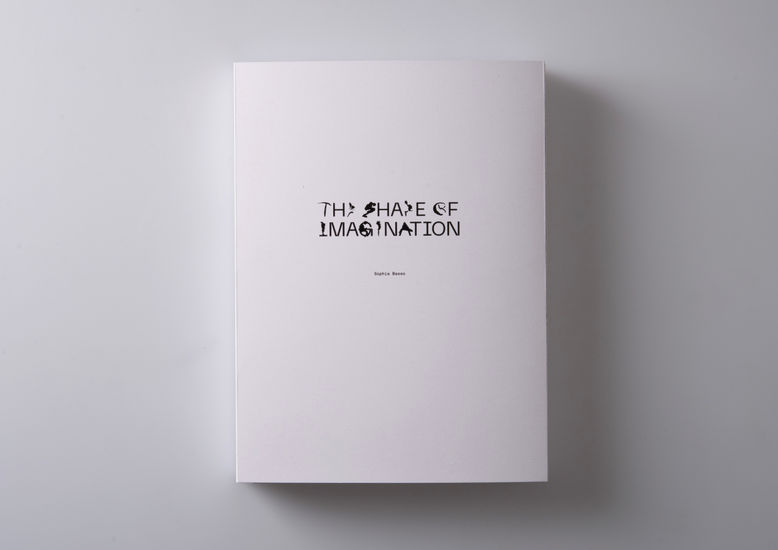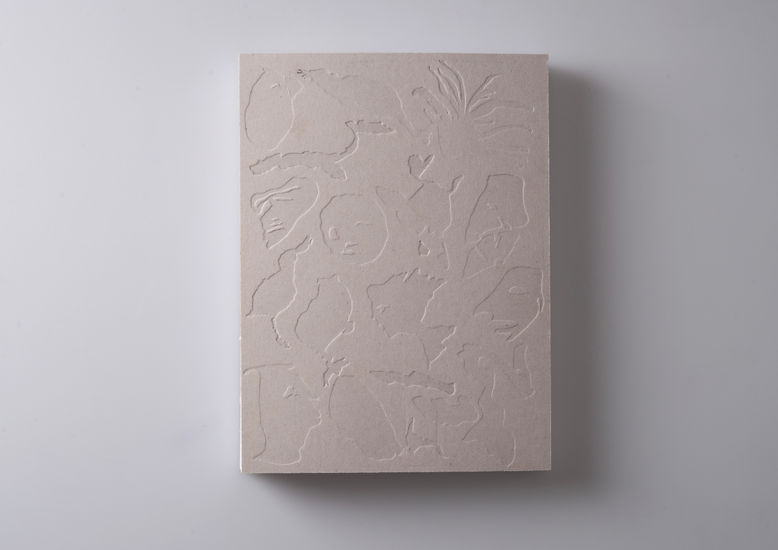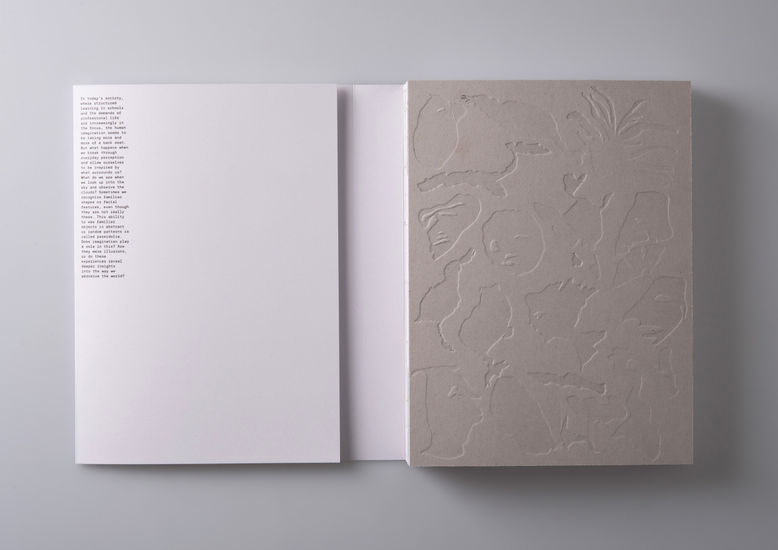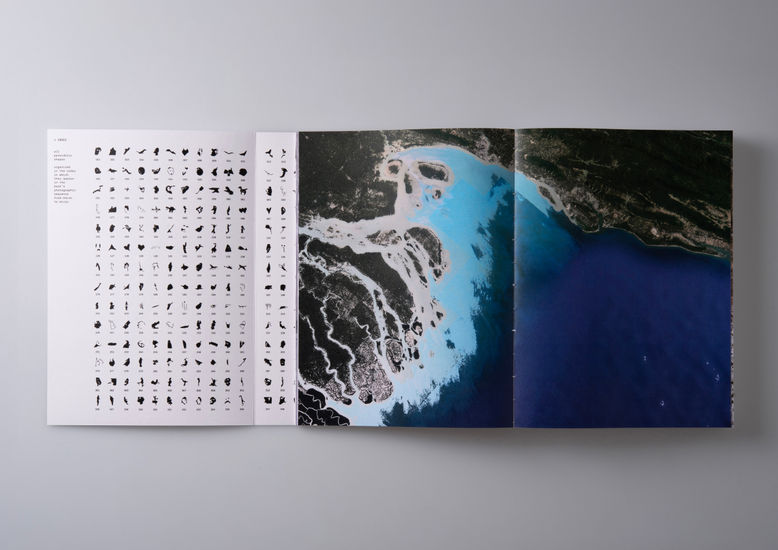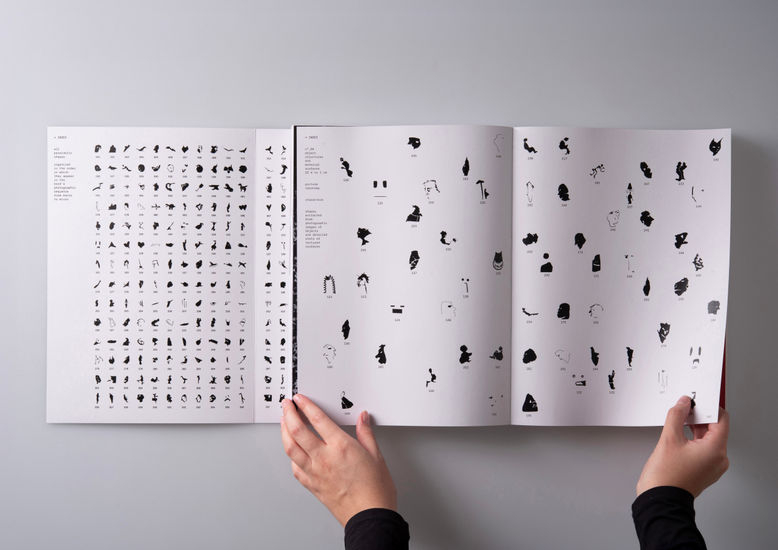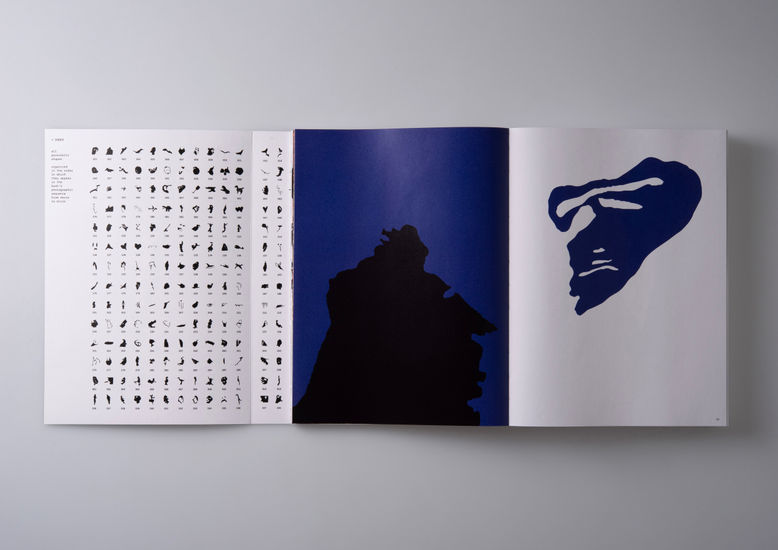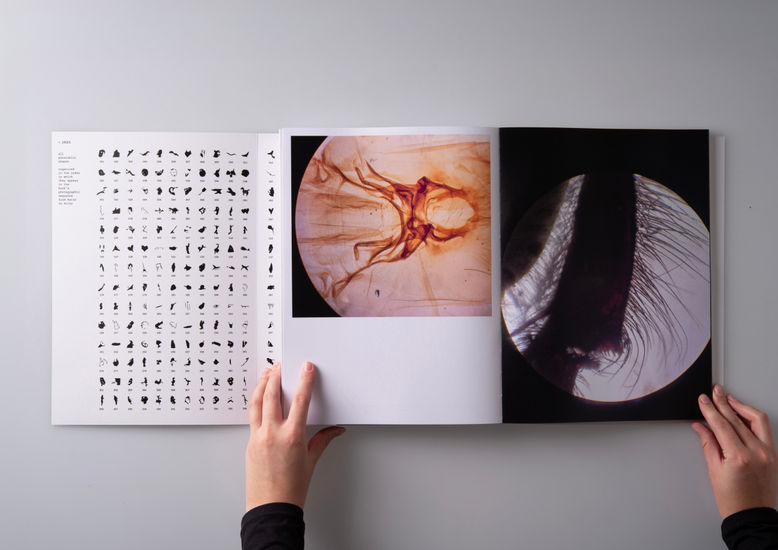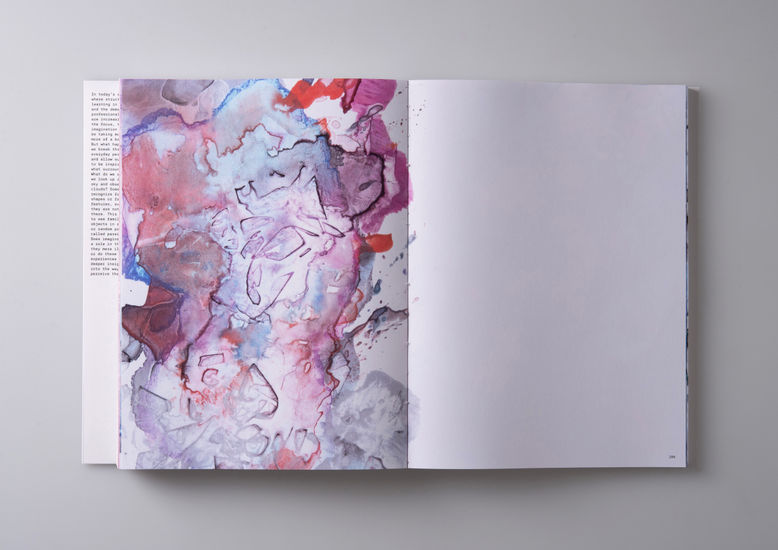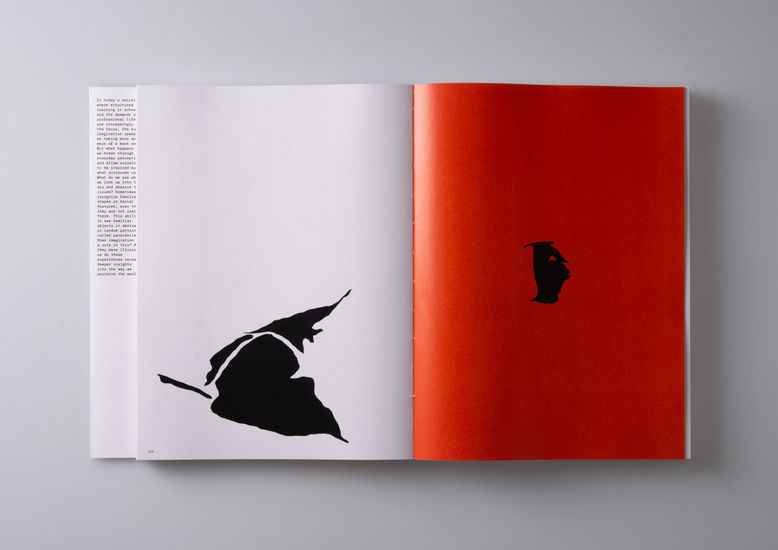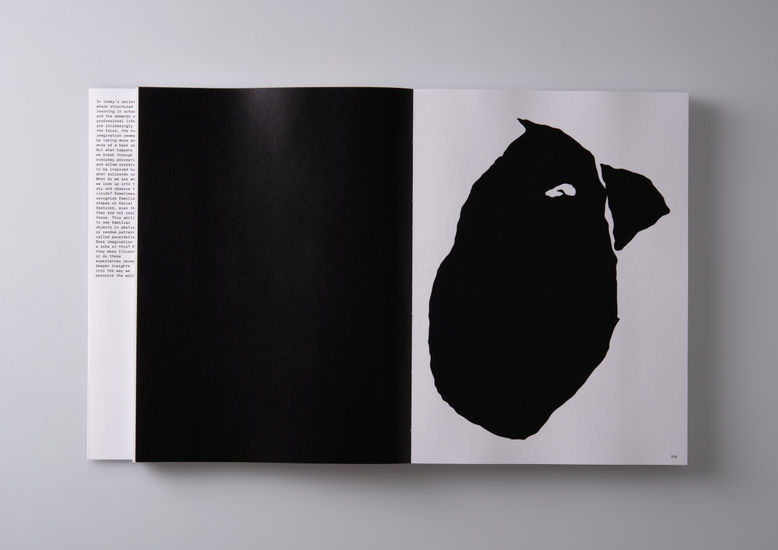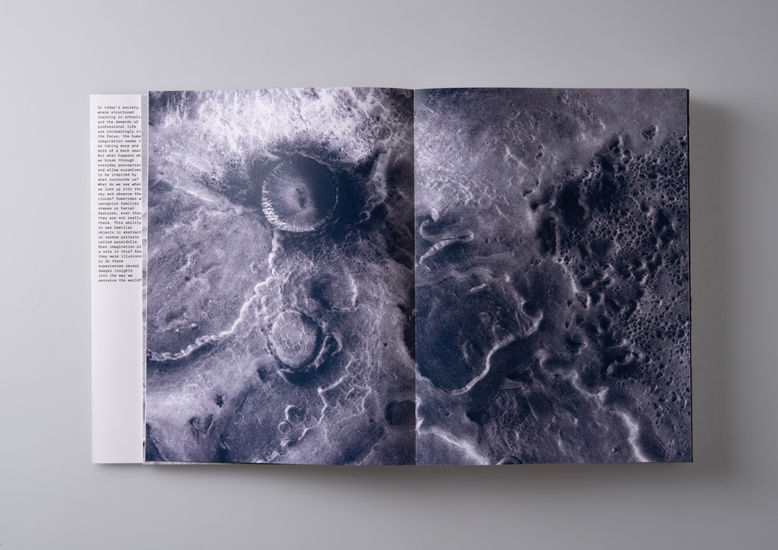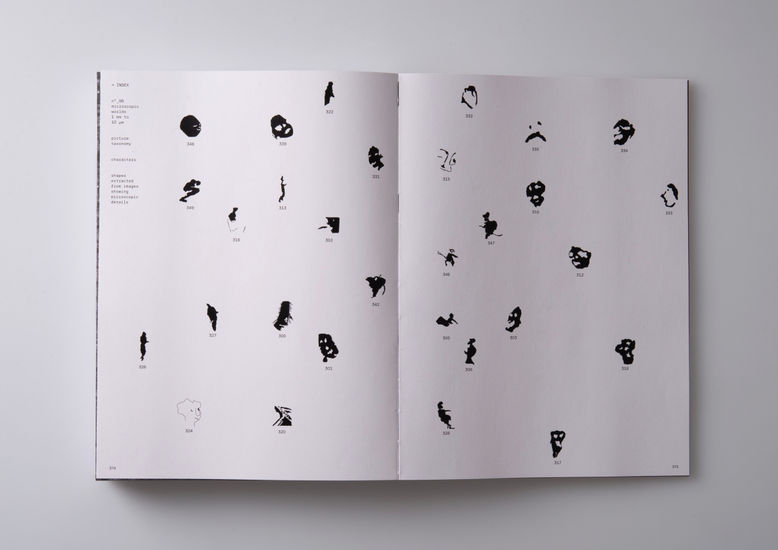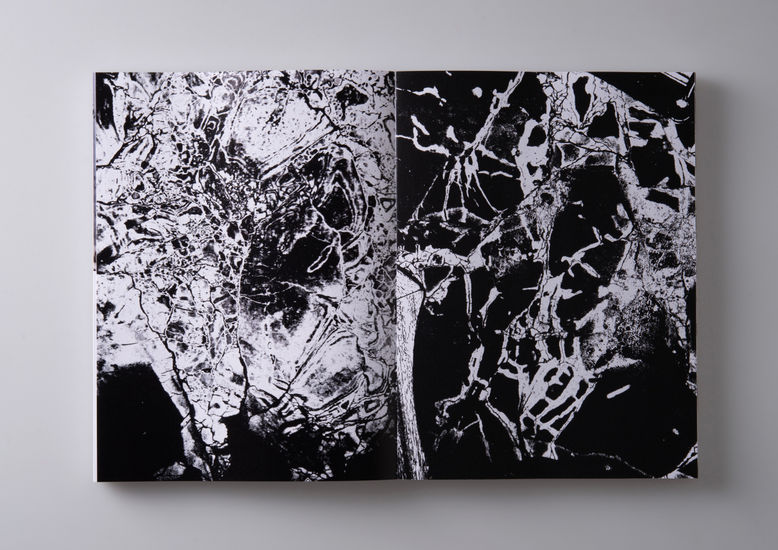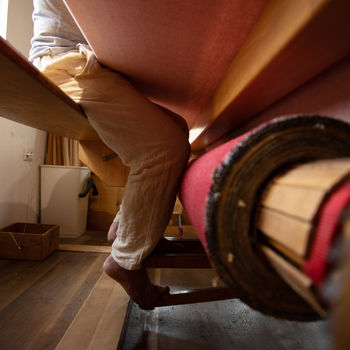The Shape of Imagination - How perception transforms visual noise into meaning
Sophia Basso
EN
The shape of imagination is an artist’s book that serves as a catalogue of pareidolia. It is based on discovering and giving form and life to abstract stains, revealing characters, stories and shapes hidden in the apparently undefined.
This project examines the role of human imagination and visual perception in our society. In a society where work, success, and education are often at the forefront, simple human qualities like imagination tend to become secondary and need to be rediscovered. A central theme of the work is pareidolia, the tendency to recognize familiar shapes in random patterns, which is rooted in our perception and often appears in everyday life, such as when we see faces in car fronts or figures in clouds. Are they mere illusions, or do these experiences reveal deeper insights into the way we perceive the world?
DE
The shape of imagination ist ein Künstlerbuch, sa als ein Katalog der Pareidolien dient. Es geht um die Entdeckung abstrakter Flecken und darum, ihnen Form und Leben zu verleihen, durch das enthüllen von Charakteren, Geschichten und Formen, die im scheinbar Undefinierten verborgen sind.
In meinem Projekt geht es um die Rolle der visuellen Wahrnehmung und der menschlichen Vorstellungskraft in der heutigen Gesellschaft. In einer Gesellschaft, in der das strukturierte Lernen in der Schule und die Anforderungen des Berufslebens immer mehr im Mittelpunkt stehen, scheint die menschliche Vorstellungskraft immer mehr in den Hintergrund zu treten und muss neu entdeckt werden. Eine zentrale Rolle in meiner Arbeit spielt die Pareidolie, die Fähigkeit, vertraute Objekte in abstrakten oder zufälligen Mustern zu erkennen. Handelt es sich hierbei um bloße Illusionen, oder offenbaren diese Erfahrungen tiefere Einblicke in die Art und Weise, wie wir die Welt wahrnehmen?
IT
The shape of imagination è un libro d’artista che funge da catalogo delle pareidolie. Si tratta della scoperta di macchie astratte e della loro trasformazione in forme viventi, rivelando personaggi, storie e figure nascoste nell'apparente indefinito.
Il mio progetto esplora il ruolo dell’immaginazione umana e della percezione visiva nella nostra società. In una società, in cui lavoro e successo sono al centro dell’attenzione, qualità umane semplici come la fantasia tendono a diventare secondarie. Un tema centrale del lavoro è la pareidolia, la tendenza a riconoscere forme familiari in schemi casuali. Questo fenomeno è profondamente radicato nella nostra percezione e si manifesta spesso nella vita quotidiana, come quando vediamo volti nelle fronti delle auto o figure nelle nuvole. Si tratta di illusioni, oppure queste esperienze rivelano intuizioni più profonde sul nostro modo di percepire il mondo?
